Manual Chairs
What to think about when determining the appropriate manual chair for your child
Manual chairs to consider
Letter of medical necessity information
Medicaid general guidelines
Download PDF handout for manual chairs
What to think about when determining the appropriate manual chair for your child
Getting a wheelchair for your child is a big step but does not mean that a wheelchair is the be all end all… walking can still be a goal for your child if it is appropriate.
Wheelchairs are always recommended by physicians and therapists to provide your child with all of the tools available to be as independent as possible in all situations.
Wheelchairs are recommended as they provide independent functional mobility but can also have customized seating and positioning or a pressure relief cushion that a standard seat can’t provide.
If you are stuck between choosing a stroller vs. a manual wheelchair-please refer to the “stroller” tab in this section to help you think about what is the best option.
There is a lot to think about when determining if a manual wheelchair is the best option for your child. And if so, how do you chose? Here are some things to consider:
Manual wheelchairs come in many forms… If your child is going to be using this manual wheelchair as a primary means of mobility and self-propelling this chair… it is best to get a K0005 style wheelchair.
1. A K0005 style wheelchair is considered the lightest weight wheelchair with the most customizability options:
K0005 Wheelchairs have features that other manual wheelchairs DO NOT have. (K0001-K0004): Transit option to be transported on the school bus or with medical transport, the ability to adjust the axel both horizontal and vertical, the ability to open the hip angel for those who cannot tolerate sitting at 90 degrees, specific customizable seat width and depth, the ability to “dump the seat” where the front of the seat is higher than the back placing the knees slightly higher than the hips for those who require this position for increased stability and the ability to “camber” the wheels-angling the wheels so the top of the wheel is positioned closer to the user and the bottom of the wheel where it contacts the ground is further away from the chair, providing a more ergonomic push and increased stability to the wheelchair.
The downside of this wheelchair is that it requires very specific and precise documentation in the letter of medical necessity to get covered by insurance. Make sure to read over the checklist below and look at the supporting documents available in the “manual wheelchair” section.
You will have to describe how this specific manual wheelchair will increase independence with MRADLs- Mobility Related Activities of Daily Living. This is not referring to the actual ADL task, this is referring to the “what” you do to prepare for this task. Such as picking out clothes and transferring to the bed to get dressed, getting the towel, getting undressed and transferring to take a shower, getting the tooth brush and tooth pastes ready to brush your teeth, getting all of the ingredients out of the cupboards and the pans to cook the meal in preparation to eat dinner, etc.
This specific wheelchair will allow the child to complete a MRADL in a more reasonable time.
There are examples of K0005 manual wheelchairs below.
2. Do you want the wheelchair to fold?
Wheelchairs that have the ability to fold are easier to transport in vehicles.
Whether or not the wheelchair folds, the wheels are always able to be removed.
Wheelchairs that fold, will get more compact width wise, like an accordion.
Wheelchairs that do not fold (rigid frame) still have the ability for the back to fold down, like closing a cooler.
3. ALL pediatric wheelchairs have the ability to GROW. There is growth available in the frame itself, or a “growth kit” can be ordered allowing the wheelchair to fit your child for a longer period of time. Wheelchairs are supposed to last 5 years; however, if your child is too big and there is no more “growth” in the chair- a new wheelchair can be ordered based on “age-related growth.”
4. Manual wheelchairs vary in weight of the product (carbon fiber, aluminum, titanium), seat width and depth, transfer height from the floor to the top of the seat, the positioning of the wheels, the footplate and what accessories are available.
5. The type of seat back and seat cushion are decided on separately and added to the chair. Depending on the size of the seat back and seat cushion in combination with accessories- some options might be limited.
See supporting documents in the “manual wheelchair” section of this website for determining seat back, seat cushion and what are accessories?
If your child is unable to propel a wheelchair and requires additional support to their trunk, head and hips- there are Tilt in Space Manual wheelchairs.
1. A caregiver will need to push this wheelchair.
2. The tilt and or recline feature help with off-loading for pressure relief if the child is unable to move around by themselves.
3. The tilt feature will allow gravity to keep the child better positioning in the wheelchair and decreased neck flexion
4. These wheelchairs are often heavier and larger. Some still have the ability to fold, the seat back and cushion just need to be removed.
5. Often families will want to order a tray with this wheelchair, especially if the child is better positioned in a tilt or recline- this makes it difficult to be positioned underneath a table or a desk because the armrest will be point up. The tray will allow them to still engage in fine motor activities and school work, use a communication device or iPad and provides additional support to the front of them. This will require specific supporting documentation.

